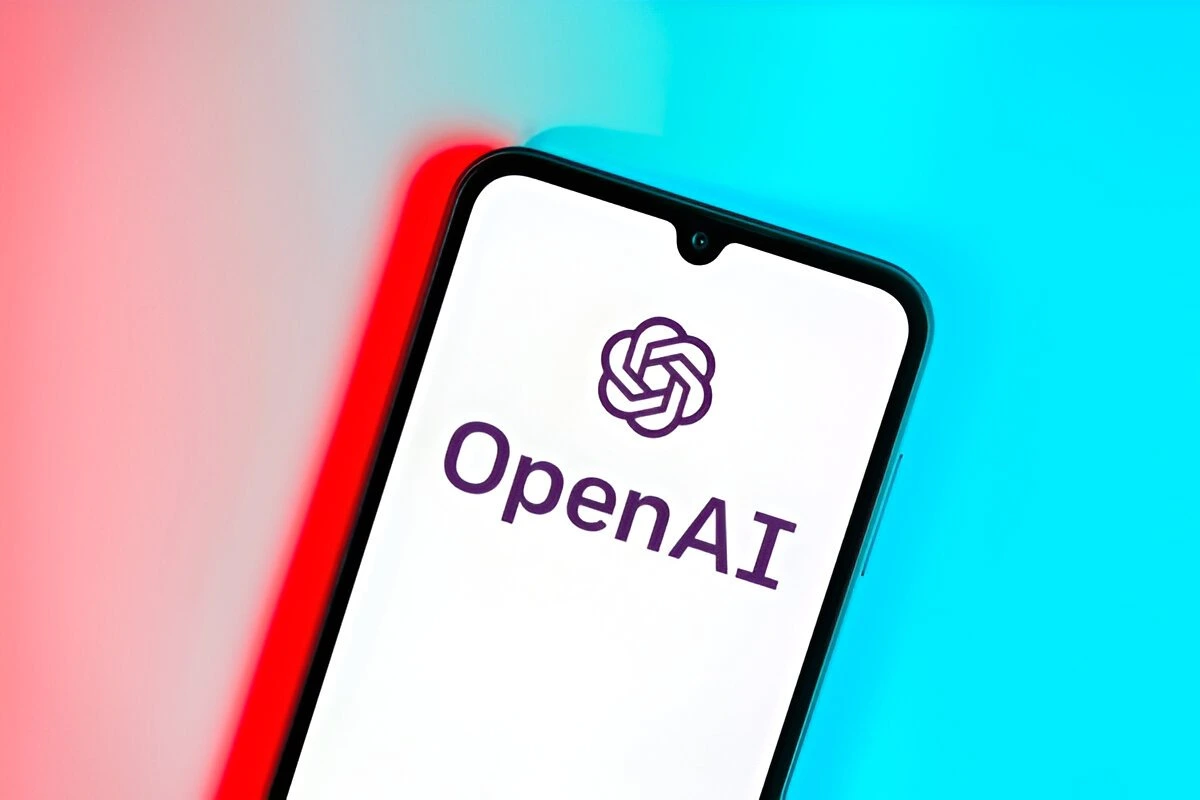Open AI Faces Newspaper Copyright Lawsuit as Judge Allows Case to Proceed
The New York Times’s lawsuit against Open AI for allegedly scraping the paper’s stories for language models without permission can continue, a U.S. judge rules – an important decision that could shape the future of AI. Inspired by this decision made in late March, there is an increased worry over AI’s use of copyrighted content and the reason this could harm how language models like GPT are trained. The case is one of the main focal points in the debate as to whether the use of artificial intelligence, data, and intellectual property rights collide.
What’s the beef about the AI training controversy?
Open AI is accused of training its GPT models using copyrighted articles, including from The New York Times, without permission. The media industry has also sounded the alarm horn over Open AI’s large scale use of publicly available text data for the development of its AI systems, saying that such practices will affect their revenue and threaten the traditional business models.
As AI systems advance, so are the ethical and legal questions around data sourcing used for training AI systems. The plaintiffs’ argument centers around the fact that Open AI is making money off of the work of the journalists and content creators without paying them or getting their consent, and that when developing technologies using AI, data needs to be used ethically.
What the Judge’s Ruling Means for AI
A key moment for the AI industry came Saturday when Judge John G. Koeltl rejected Open AI’s request to dismiss the case. This implies that Open AI will be forced to answer some tough questions about how they obtain and process data to train their language models. According to the judge’s decision, even if the data being used in training Open AI is publicly accessible, the company could yet be held responsible over copyrighted material.
This ruling is a key moment in Open AI’s fight toward how it will go about defending its practices. Open AI insists that it uses publicly available data under fair use, a legal concept that accepts some uses of copyrighted works for, for example, research and development. Still, the company may be forced to consider its own policies on data collection and use and possibly change its practices to align with the changing intellectual property laws.
How This Affects the AI Industry
The central issue in this case goes beyond a legal dispute for Open AI. It has broader consequences for the entire AI industry as such technology integrates into the content creation, research and even creative industries. And now with AI models like GPT it’s secrets depend on monster datasets including whole text, images, and every form of content. This prompts questions that are fundamental to issues of data ownership and the ethical use of content when training AI systems.
The ramifications of this case could cause AI companies to be more restricted on training data sourcing. If The New York Times prevails, this could make AI companies take heed and include licensing agreements with content creators on the basis of copyright laws. If this shift holds, Open AI and its competitors may have to reassess how they develop their models, and also what role that publicly available content plays in AI development.
AI and Copyright: The Road Ahead
Open AI’s legal battle with The New York Times is a piece of a bigger discussion about intellectual property and AI. With AI progressing and becoming more and more interconnected in various industries, the questions regarding data and copyright will certainly take center stage in the talks concerning regulatory models. The case calls for clearer guidelines for AI companies to use copyrighted material in their training data so as not to infringe on intellectual property rights.
Open AI’s case reminds the AI industry that the application of copyright is a complex world it is still at the beginning of understanding. With the evolving legal landscape for AI and intellectual property, companies such as Open AI will have to find the right balance of that progress without trampling on the rights of intellectual property owners.
A Turning Point for AI Development
This is a significant moment for AI, making its way through the evolution towards copyright compliance as most times, as The New York Times couldn’t sue for its AI’ use of copyrighted material. This case brings out the importance of creating clear and fair regulations by the AI companies in how they use data as well as the intricacies of the intellectual property issues. The resolution of this lawsuit would be a precedent for other legal cases and could shape the limits of AI development in the digital age. This case will affect how AI is developed and the path of AI innovation in the future as it proceeds.



